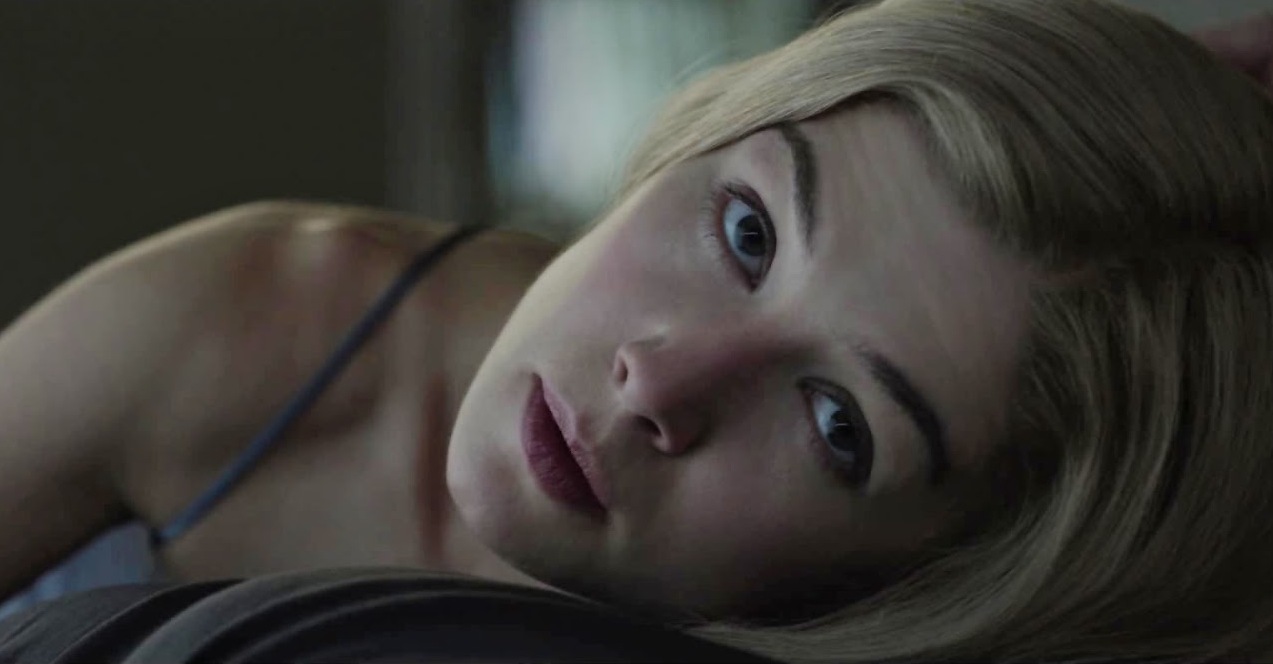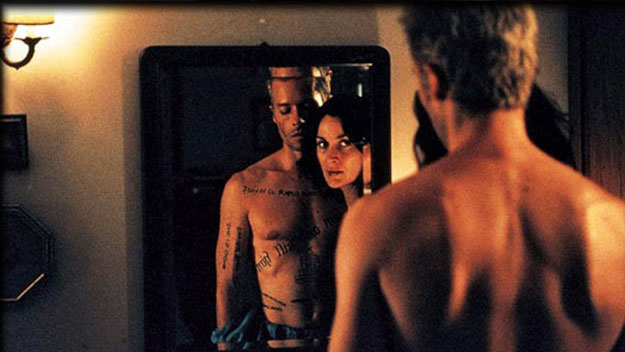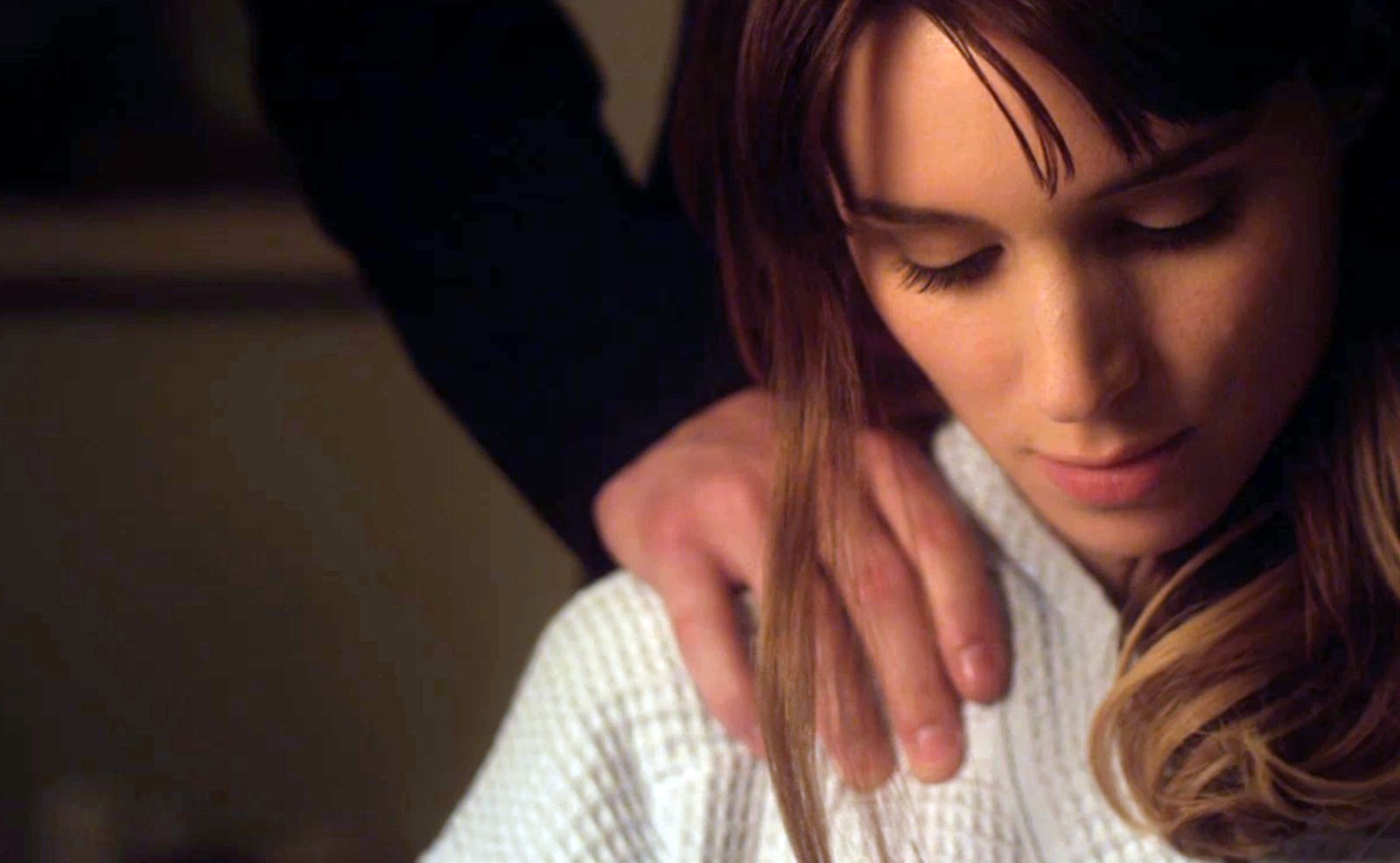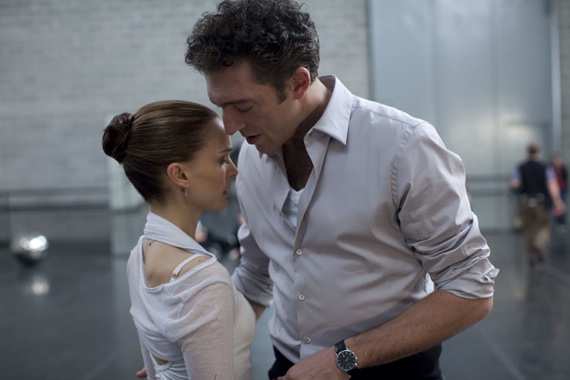
Formulas are meant to be broken. The femme fatale character type is one of the greatest examples of this, next to the lone ranger and the anti-hero. Since the dawn of film noir, seductive female characters have been the cause of twists and turns in a multitude of ways. However, film noir disappeared, and so did this type of character. This is where neo-noir comes in, where a reimagining of film noir has strengthened the style more than ever before.
Roman Polanski’s “Chinatown” had Evelyn Mulwray start off seemingly as a villain. She would then turn into the main love interest in the film. With her hidden motives and her bloated fears, Mulwray was either a hidden baddie or a good-hearted person who was tied to lies. The femme fatale became more than just a siren with hidden motives, and the blueprints since then have been shattered.
Afterwards, we have had new visions of the femme fatale. Rachael was a man-made android with implemented thoughts and feelings in “Blade Runner”, who’s desirable to Rick because she was programmed that way. Even Jessica Rabbit (from “Who Framed Roger Rabbit?”) was drawn to be the way she was. As these roles have been attached to societal commentary, they have also evolved into dominant characters who can fend for themselves.
As neo-noir evolves, so does the detective role, the setting, and the femme fatale, the latter of whom sometimes encompasses all of the above, depending on the film. In the new millennium, the current wave of auteurs has helped create some definitive examples of the femme fatale. The future of this trope is uncertain in the best possible way, because there have been so many new renditions that have fully utilized refreshing takes on what the role can mean.
There have been some honorable mentions (Blanche from “Drive”, Nina from “Nightcrawler”, and Angie from “Gone Baby Gone”), but let that be a reminder of how strong these characters are and how hard it is to truly organize these terrific parts. For now (until new female badasses come and make their mark on cinema), here are the 10 strongest femme fatale characters of the 2000s.
Note: There will be spoilers for each entry, so stay clear if you have not seen one of these films and do not want to have plot details revealed.
10. Memento – Natalie

We start off with a peculiar case, as Natalie is a questionable assistant for Leonard. She offers Leonard clues to help him find the person who killed his wife and damaged his brain (thus plaguing him with short-term memory loss for the rest of his life).
Teddy, another person supposedly helping Leonard, claims that she is an enemy and is untrustworthy. Since we have to follow Leonard’s jilted train of thought, we don’t quite know where we stand on the situation either. It turns out that Natalie is legitimately trying to help Leonard (despite the bar trick), and she is seemingly on the good side.
However, she does not know that Leonard manipulated himself into believing that Teddy is the murderer, and her pursuit is only enabling the his present state of mind (as he is unaware of what he previously did). Therefore, Natalie is accidentally hindering the real search without even knowing it. Christopher Nolan’s creation of Natalie is a tribute to the unpredictable ways of a true femme fatale, and it’s sad that Natalie wasn’t even trying to point Leonard in the wrong direction.
9. Side Effects – Emily Taylor

This is a weird thriller that is based in the minds of its characters without being a metaphorical representation of one’s cranial capacity (see: “Inception”). Emily accidentally murders her husband as the result of her medication controlling her in her sleep. She blames the she has to take, and claims that she is mentally unstable and requires confinement.
However, the film does not tell that kind of story, and Emily is not that kind of person. It is revealed that she is a compulsive liar who’s blamed everyone except for herself. She blames her husband for ruining her life, her doctor for her murders, and the for not working the way she wished.
In the end, she wanted to start a new life with another female doctor and leave every guy behind her. Her deception is highly frightening, because she chooses to toy with minds in a way that uppers would. She is cleverly insane.
8. Brick – Laura Dannon

In Rian Johnson’s career-sparking mystery, Brendan is a detective in a juvenile sense; a high school teenager trying to figure out the inner workings of life. After his girlfriend broke up with him, he finds out she is in danger and he seeks to rescue her. A girl he later sees is Laura, who is spoken for and yet is still a sweet talker to other boys.
This alone should have been an indication that she was trouble, but teenagers don’t know the meaning of trouble. That’s the basic premise of “Brick”, where Brendan sinks lower and lower into trying to find his ex-girlfriend’s whereabouts. It introduces him to a life of crime, drugs, and corruption.
In the end, it was Laura who led Brendan’s ex to her fatal doom, it was her who orchestrated the heap of lies, and it was her who now led Brendan to a dead end from which he can no longer escape. Laura also led him into adulthood, and his transition from being a boy to becoming a man will forever be plagued with the end of his ability to love. Now, that is savage.
7. Black Swan – Nina Sayers and Lily

There are two candidates for this entry, because the villainy comes from the dissolving mind of the anxious Nina Sayers. Nina is a frigid ballerina who is too focused on nailing the right moves to notice that she has no life within her. Lily is a clumsier dancer, but she is full of organic grace and raw movement that cannot be replicated by overpractice.
Nina starts to see her world crumble around her, and Lily is to blame once her spot as the coveted Swan Queen in the newest production of “Swan Lake” is now jeopardized. The big day arrives, and Nina messes up. She reacts negatively to Lily’s taunts, and finally concludes the discussion with a murderous retaliation.
After stashing Lily’s limp corpse, Nina performs better than ever before. She earns a thunderous applause, even from Lily, who appears to be alive. We soon realize that Nina has committed suicide without realizing it at first.
The more you watch “Black Swan”, the more you will realize that this self-harm was Nina’s biggest downfall from the start, and Lily was never really a threat since most of what we see is from Nina’s corrupted perspective; Nina truly encompassed both swans the entire time.
6. Inception – Mal Cobb

“Inception” starts off with a conniving Mal blackmailing her husband Dom, and we could already tell that she is bad news. It isn’t long until we are told that Mal is actually dead in real life, and the Mal we see in the dream sequences is nothing more than a figment of Dom’s imagination.
This vindictive foil is Dom’s regret, suffering, and guilt coming back to haunt him. His last authentic memory of Mal is when she sat on the edge of a balcony and decided to finally wake up from the decades-long dream she and her husband lived together.
Dom tried his best to convince her that they had already woken up, but their many years inside of their subconscious states clouded her ability to know for certain. She committed suicide instead of waking up, and her husband was now tagged to her death.
She is a ghost of Dom’s past reminding him that reality cannot be escaped, and it haunts him in his dreams. His longing for her return is why she keeps coming back, and it is why the worlds in the dreams come crashing down; how’s that for accurately depicting a film noir protagonist’s collapse from a long-lost love?